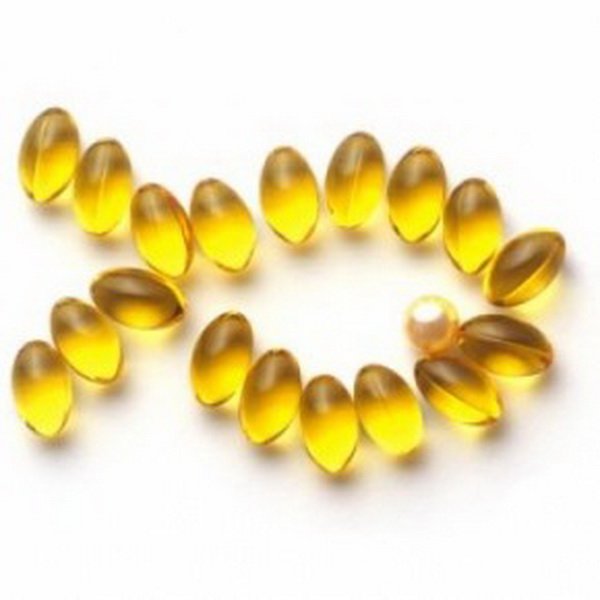As an avid gym goer and nutrition nut, not only do you continually work on improving your health and performance, but also your puzzle-solving abilities. That's because each night before bed, you spend countless time adjusting food portions to perfectly hit your macros for the day. And when you finally find the winning combination of protein, carbs, and fat, you feel as if you've just won the lottery, despite zapping the last 25 minutes of your night.
But if you were to eat the same exact foods, in the same exact amounts tomorrow, would your nutrition really be the same? The answer is most likely "no." The nutrient content of foods is highly variable, which affects methods used to quantify a food's nutrient profile, as well as the estimates and labeling information used for each food.
Consider these six potentially confounding factors the next time you catch yourself wasting time in the kitchen fiddling with your food scale to arrive at a dish that contains 32.1 grams of protein, 24.3 grams of carbohydrates, and 21.9 grams of fat.
1. Your Portion Doesn't Represent the Average
The nutrition labels of processed and packaged foods are based on the average of mass production. For example, even if the bulk recipe for peanut butter per 100 bars, that doesn't mean there will be precisely 1.0 tablespoons in each bar. Instead, some may have 0.8 tablespoons, while others may have 1.2.
Given that peanut butter has a high caloric density, this may have a significant impact on total calorie and macronutrient content per bar.
2. Nature Alters Nutrients
The type of produce you buy, location of harvesting, and stage in the ripening process all impact the final nutrient profile of a certain foods before you eat them. For instance, in a study published in Science of Food and Agriculture, researchers found a decrease in starch content and increase in sugar content when the plantains when from ripe to overripe.
Significant changes in nutrient composition during the ripening process have also been observed in tomatoes. Dr. J. Benton Jones Jr., author of "Tomato Plant Culture in the Field, Greenhouse, and Home Garden," noted a considerable decrease in sucrose content and increase in starch content as tomatoes ripen.
3. Water Content Varies by Food and Cooking Method
The water content of produce can vary based on storage and husbandry conditions, but the water content of just about anything you cook at home can vary depending on the method of preparation. For example, when you bake a whole potato, it retains a high level of moisture.
However, when you first cut it into small coins, and then broil them, you're left with tasty, crunchy chips. In both cases, your only ingredient was a potato. But if you weigh equal portions of each, the baked whole potato has much more water, and therefore fewer calories, despite the same serving size.
4. Food Labels Are Inconsistent and Inaccurate
The numbers that appear on labels are often estimates. Actual serving size and calorie content may vary per portion. A study published in The Journal of the American Medical Association found that the actual caloric content of packaged foods differed by as much as 25 percent from what was on the label.
Unfortunately, the methods used to obtain the caloric value of foods are outdated, and they are only estimates. The original method used to determine the caloric value of foods, referred to as "bomb calorimetry," listed calories per gram as follows:
- Carbohydrate: 4.2 kcals
- Fat: 9.4 kcals
- Protein: 5.7 kcals
However, these estimates didn't take into consideration the variation in digestion and absorption rates with various foods and in various individuals. The most recent, though still outdated, approach, referred to as the Atwater method, brought the more familiar estimates of 4, 4, and 9 calories per gram for carbohydrates, protein, and fat, respectively.
Unfortunately, discrepancies have been shown with these estimates, too, when testing a variety of diets and food items.
5. Numbers on Menus Aren't Very Precise
Even if nutrition information is listed on a restaurant's menu or website, it probably doesn't reflect what you're actually being served.
The nutrition information provided is based off of the original or intended recipe. But do you really think that the chefs are stopping to measure each and every ingredient when they have dozens of orders on a Saturday night? The chances of your entrée matching perfectly with the estimated nutrition information is as likely as you losing weight after a night out at your favorite Chinese buffet.
6. Digestion and Absorption Is Highly Individualized
How your body digests and absorbs a specific food is different from how my body does, and we're both different from the next man or woman. Furthermore, even a short-term period of overeating or undereating—relative to your normal or maintenance, needs—can alter your gut bacteria, and ultimately, your body's absorption of foods.
In a study published in the American Journal of Clinical Nutrition, researchers overfed lean and obese subjects the same amount of food for three days while monitoring energy expenditure and stool samples over the next 72 hours. Researchers observed a 2-9 percent variation in energy expenditure in fecal matter, and ultimately, a 150-200 calorie difference in energy retained between subjects.
The researchers noted significant changes in gut bacteria throughout this short time frame, which they believe played a major role in energy retention.
Life Is Not a Lab
Instead of tracking to the exact gram, consider a targeted range for each macronutrient. For example, allow yourself plus or minus 10 grams of carbohydrates and protein from your intended target and plus or minus 5 grams of fat. This will provide you with some flexibility while still keeping you in a finite, controlled range.
Source: http://www.bodybuilding.com/





